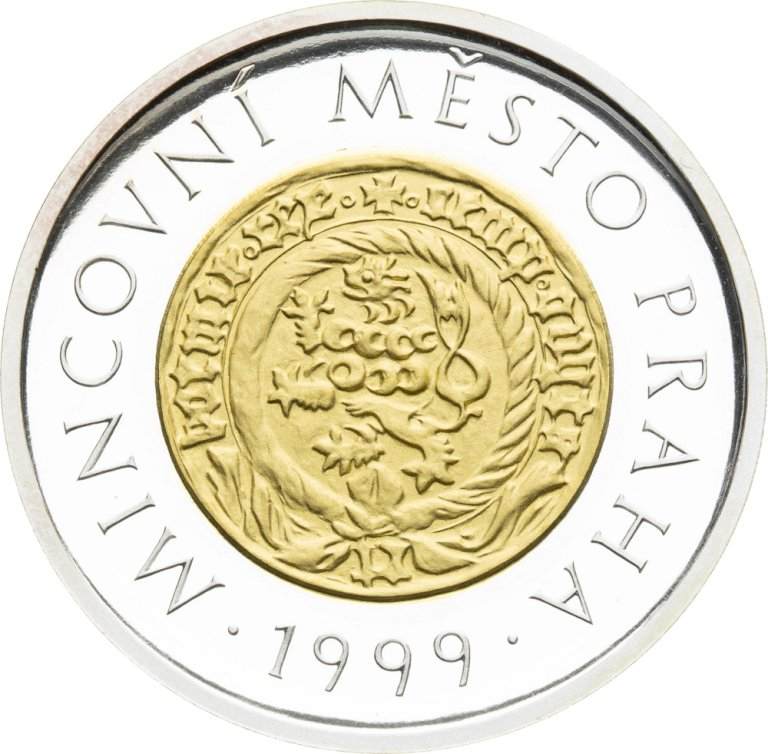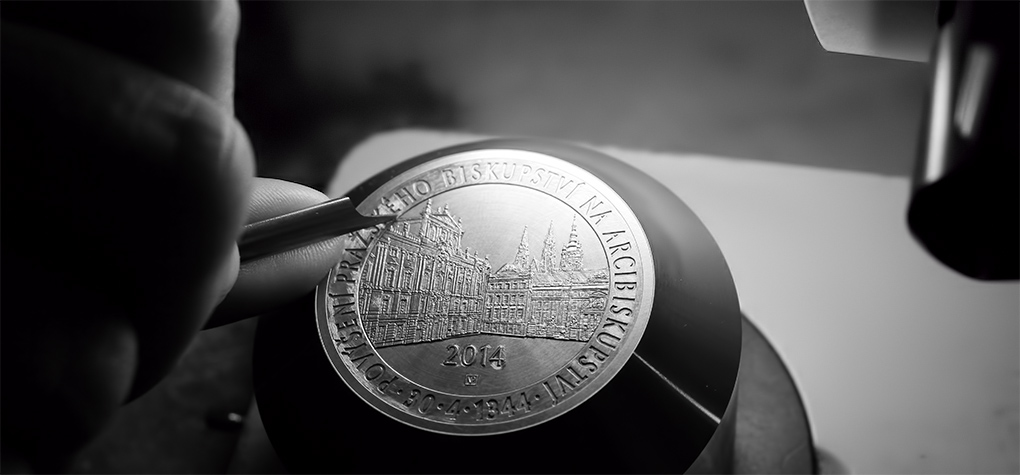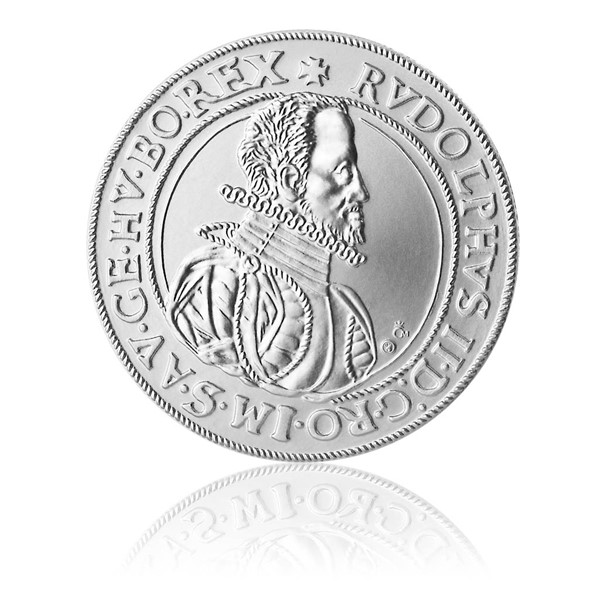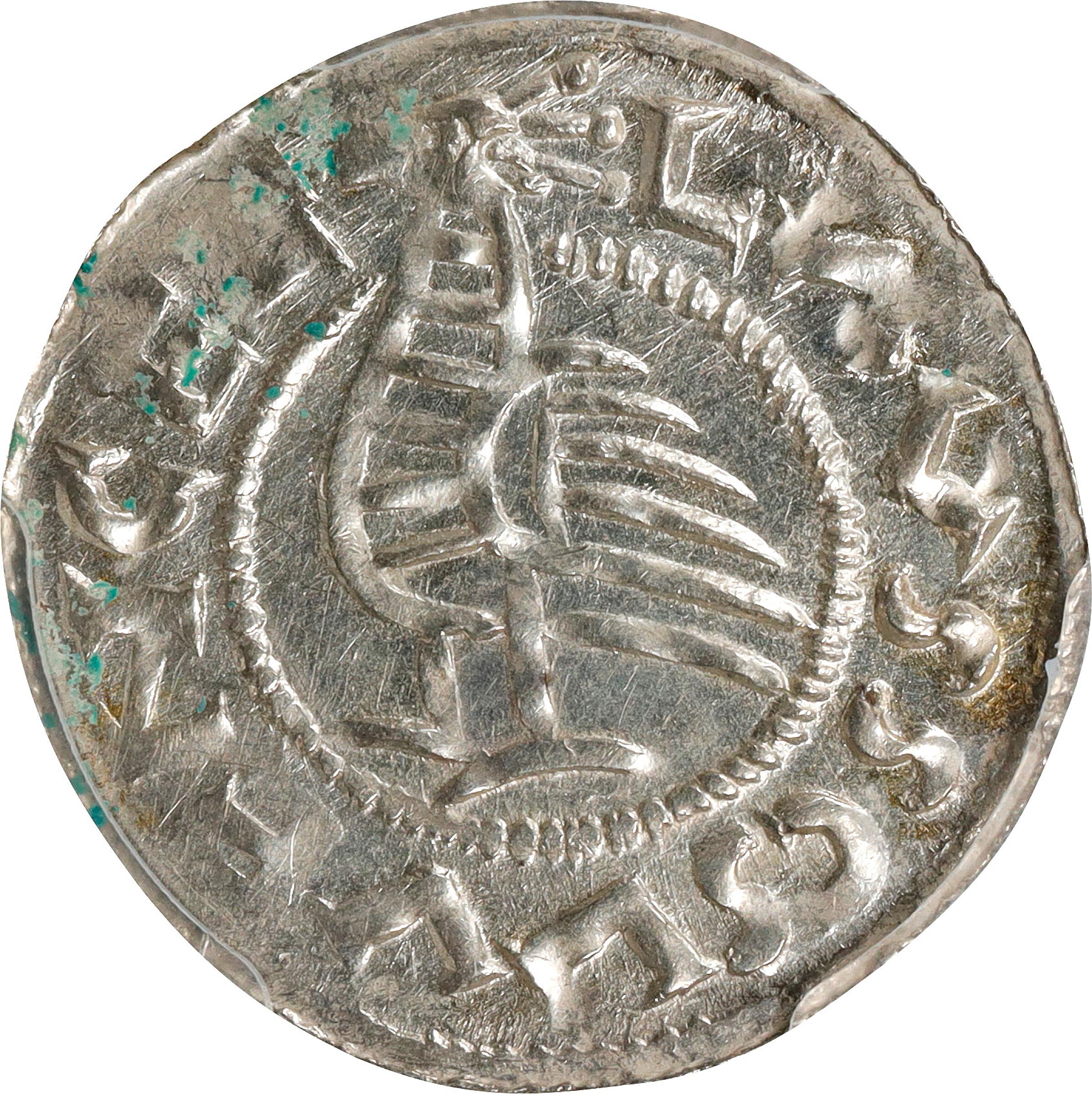Great Ideas On Quality Control Czechoslovakia Medals
Wiki Article
What Is The Plaster Model Being Scanned To Create A 3d Digital Model Of Gold Coins Or Medals?
This process makes use of specially designed equipment to digitize a maquette and record its dimensions. This digital replica is utilized in different ways during production.
3D Scanning Technology - High-resolution 3D scanners are used to capture the physical dimensions as well as the details of the model. These scanners are able to record measurements and geometry through laser scanning or structured light, as well as other methods.
The scanner emits beams of lasers or light to the surface plaster models. The scanner tracks the distortions and reflections these beams cause, capturing surface information.
Data collection- The scanner collects data as it moves over the model. This results in an image that is digitally rendered, which includes the contours of the model, its geometry and other details.
Conversion to 3D Model. Specialized software reconstructs information from the collected data into a 3D representation. This model recreates the physical dimensions and dimensions of the plaster model.
The reasons to create an Digital 3D Model
Digital 3D models permit exact reproduction of the physical model's dimensions and specifics. This is essential for ensuring that the final gold coins or medals conform to the original appearance.
Digital models can be easily altered or refined. Designers can modify the 3D models without altering the initial plaster model.
Compatibleness of Digital 3D Models with Manufacturing Processes. Digital 3D model are compatible with various manufacturing techniques, such as CNC manufacturing.
Digital 3D models can be archived and used as documentation. They can be archived digitally to serve as future references as reproductions, historical documentation.
Through scanning a plaster model and creating a precise digital 3D model, producers and designers are able simplify production, improve accuracy, and use modern manufacturing techniques to make gold coins or medals with precision. Check out the top Scanning and 3D Modeling Czechoslovakia gold coins blog examples. including silver price in dollar, gold coin shops near me, gold panda coin, coin gold bullion, old silver dollars, 1933 double eagle, 2000 p sacagawea dollar, cost of gold coins, gold coin values, 2000 p gold dollar and more.

Why Do The Dies Used For Striking Gold Medals Or Coins Undergo Vacuum Hardening Processes?
The process of forming a vacuum to make dies for striking gold medals or coins requires making the dies subject to extreme temperatures and controlled conditions within a furnace that is a vacuum. Here's an overview of the vacuum hardening process for dies Preparation and Cleaning.
When preparing dies to be used for striking coins or other medals, it is important that they are free of residues or contamination.
Moving into Vacuum Furnace
Die dies can be inserted into a vacuum oven, which creates a vacuum in the area of heat treatment.
Evacuation from Air-
The vacuum oven eliminates all air from the chamber creating an environment free of oxygen and other gases. This ensures uniform heating, and also prevents oxidation.
Heating Phase
The furnace must be heated to a temperature necessary to harden the dies. The range of temperatures is determined by the particular material and the hardening process.
Bathing at high temperatures-
The dies are held at an elevated temperature for a specified time, allowing the material to reach and retain the desired hardness as well as metallurgical structure.
Quenching (or cooling)
Utilizing specialized techniques using specialized techniques, dies are swiftly cooling down or being quenched following the soaking process. Rapid cooling assists in locking in desired hardness and strengths in the steel.
Tempering (Optional)-
In some situations the process of tempering can occur as a result of hardening. Tempering is the process of heating dies up to a lower temperature in order to alleviate stress while preserving toughness.
Quality Control and Inspection-
The molds that are hardened are inspected and tested to ensure that the dies satisfy the requirements.
Post-Treatment Handling-
After the hardening process dies can be polished or coated before they are utilized in the coin or metal strike process.
The process of hardening by vacuum increases the strength, wear resistance, and lifespan of the dies used to create gold medals or coins. The process of vacuum hardening is a reliable and predictable method to harden dies in a controlled and safe environment free of any contaminants. Take a look at the top vacuum hardening Prague Mint gold coins website examples including krugerrand, krugerrand coin, gold eagle price, mexican gold coins, 1975 gold penny, 100 grams gold biscuit, gold pieces for sale, gold 1 dollar coin, buy gold coins near me, gold price coin today and more.
How Do You Get Smooth Or Matte Finishes Using The Process Of Sandblasting? And How?
This method can be used to making specific finishes or textures, such as matte and textured surfaces, for the surface of medals or coins. This method is used to achieve a number of different reasons.
Surface preparation: The medal, coin or other item is placed inside an enclosed chamber or cabinet that has the nozzle which is connected to compressor. The chamber can be enclosed to contain the abrasive material employed in the process.
The coin or medal is then sprayed with an abrasive material, which could comprise glass beads, sand silicon carbide or aluminum oxide.
High-Pressure System - The abrasive powders are pushed onto the surface with compressed air or other high-pressure systems. The speed and force with the rate at which particles are thrown onto the surface determines the texture or finish.
Texture Creation: The impact of the abrasive particles on the surface creates a matted or textured look by changing the topography of the surface. This process lets you roughen specific areas, or create a texture that's similar across the entire surface.
Sandblasting can be controlled in terms of intensity, duration, and angle controlled, resulting in different finishes or textures. Different pressure levels, abrasives and abrasives result in different outcomes.
The reasons for sandblasting
Texture Variation- Sandblasting permits to create diverse types of textures and finishes such as matte and frosted surfaces, which adds visual interest and unique particularities to the coins or medals.
Aesthetic enhancement- Sandblasting may change the appearance of the surface by diffusing light, and thus reducing shine. This may increase the coin's appeal. Matte surfaces, such as those that reduce glare, are able to highlight particular design elements.
Anti-glare properties - The textured or matte finishes created by sandblasting can reduce reflectivity and glare, which makes coins and medals easier to look at and more attractive.
Sandblasting Produces Contrasting Design Elements - Sandblasting creates a contrast between the texture and polished areas on the medal or coin, which emphasizes particular design elements or creating visual depth.
Customization and Creativity- Sandblasting offers customization options, allowing to express your creativity and artistic flair, as well as the creation of medals or coins with unique designs or textures that are customized to meet specific design specifications.
Sandblasting, a versatile method employed to create different designs and finishes for the surface of medals or coins. It increases the aesthetic appeal, visual appeal and overall appearance. See the best sandblasting Czechoslovakia gold coins website advice. including 1 oz gold eagle, american eagle gold coin price, cost of a gold bullion bar, $20 gold piece, gold price jm bullion, oz gold bars, olympic gold medal, 20 dollar coin, 24k gold bullion, medal gold medal and more.

What Are The Quality Checks That Gold Coins And Medals Undergo To Ensure That They Conform To The Specifications??
Gold medals and coins are subjected to strict quality control checks following minting to ensure that they conform to the specifications, are exact and have a nice surface. The checks are comprised of various steps.
The inspectors scrutinize the coin or medal visually for surface flaws imperfections, blemishes, or flaws. They inspect the coin for any marks or scratches and also imperfections that may have an impact on its appearance or value.
Weight and Dimensions
Every coin and medal is tested for weight to ensure it's in compliance with the stipulated dimensions in terms of weight, thickness, and diameter. Any deviations could signal that there is a problem with the design.
Composition, Metal Purity, and composition
Quality checks include determining the purity or gold content of the medals or coins using various methods like chemical or XRF analyses. They must meet gold quantity and quality standards.
Edge InspectionEdge Inspection
Inspections are conducted on the edges to look for any flaws, irregularities and the reeding. The edge of the medal or coin is a crucial area for adding security features as well as design features.
Strike Quality
The quality of the strike, including the clarity and sharpness of the design's details, relief, and overall appearance is evaluated to ensure that the strike is consistent across all pieces of minted artifacts.
Minting and proofing mistakes
For proof or special edition coins, meticulous inspection is carried out to determine any minting errors, flaws or discrepancies which could affect the coin's collectible value.
Packaging and Presentation
Packaging and presentation are also subject to quality inspections. This guarantees that coins and medals are kept in a safe manner or displayed in appropriate cases or holders, without any damages or contamination.
Random and Sampling Checks
Random checks or sampling are conducted across batches to ensure that the standards of quality are met in a consistent manner throughout the entire minting process.
Compliance and Documentation-
Documentation is maintained of all quality checks to ensure compliance with rules, standards, and certification requirements. These records are proof of the coin's quality and authenticity.
Rejection of non-conforming products
Medals or coins that do not meet the specified quality standards are rejected or sent to reprocessing in order to ensure the integrity and overall quality of the items that were minted.
The mints and the certification bodies ensure the gold coins or medals they create are in compliance with the required standards for their authenticity, purity, appearance and worth. This ensures investors, collectors, as well as consumers that these products are authentic and of the highest standard. Check out the best Czechoslovakia gold coin quality control blog examples. including gold bullion cost, gold and coin near me, valuable gold dollar coins, ngc grading, $50 gold piece, double eagle coin, $20 gold piece, gold medal swimming, gold and silver coins, gold penny and more.

